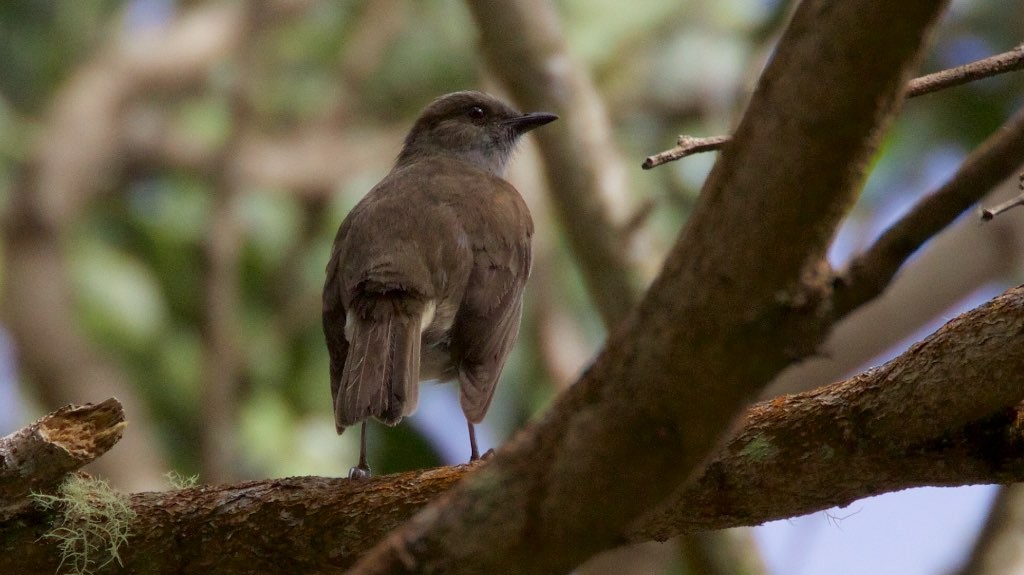Omao
A species of Typical solitaires and hawaiian thrushes Scientific name : Myadestes obscurus Genus : Typical solitaires and hawaiian thrushes
Omao, A species of Typical solitaires and hawaiian thrushes
Botanical name: Myadestes obscurus
Genus: Typical solitaires and hawaiian thrushes
Content
Description General Info
Description
Adult thrushes (males and females are similar in appearance) are mostly nondescript, with a grayish-brown head transitioning to a pale gray below. The back and primaries are a dull olive brown. They also have whitish vents and undertail coverts. The juveniles are also similarly dull in coloration, but have pale whitish-buff spotting on the wing coverts. 
Size
18 cm (7 in)
Life Expectancy
3-5 years
Nest Placement
Shrub
Feeding Habits
Omao primarily consumes fruits, invertebrates, and parts of flowers. It exhibits unique foraging behavior, seeking food in a variety of forested habitats, often during specific times of the day that align with prey activity.
Habitat
The omao thrives in mid to upper elevation native forests with a high annual rainfall and a closed canopy of 'öhi‘a and koa trees. The understory supports a rich array of fruiting flora and is blanketed with moss and ferns. While some populations adapt to the alpine scrub above 2,000 meters, the species' population diminishes in habitats altered by human activities like logging or grazing.
Dite type
Frugivorous
General Info
Feeding Habits
Bird food type

Fruit
Behavior
‘Ōma’os are mostly frugivores, but will take insects or other small invertebrates. The bird has a song that is a set of jerky liquid notes, whip-per-weeo-whip-per-weet. Their many calls include a cat-like rasp, a frog like croak and even a high pitched police whistle type sound. During breeding, the birds make a bulky nest in a tree or tree fern, laying one to three bluish eggs inside. 
Species Status
VULNERABLE. Restricted-range species: present in Hawai’i EBA.
